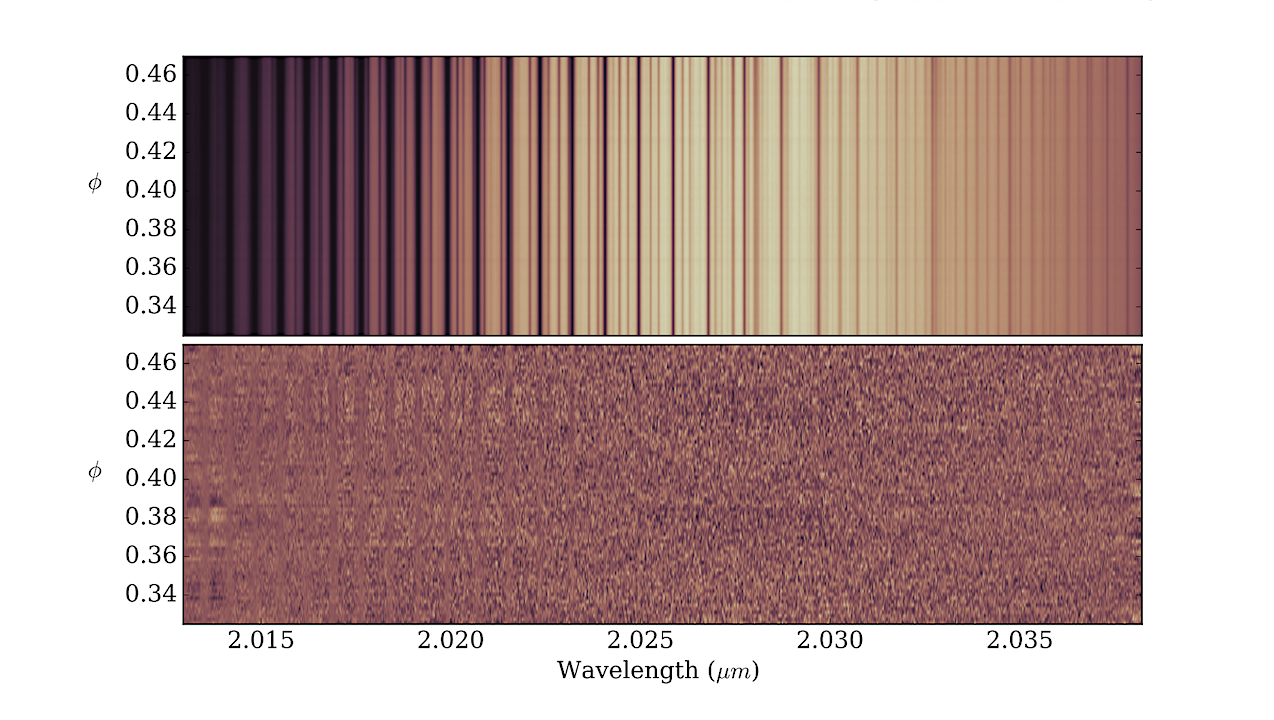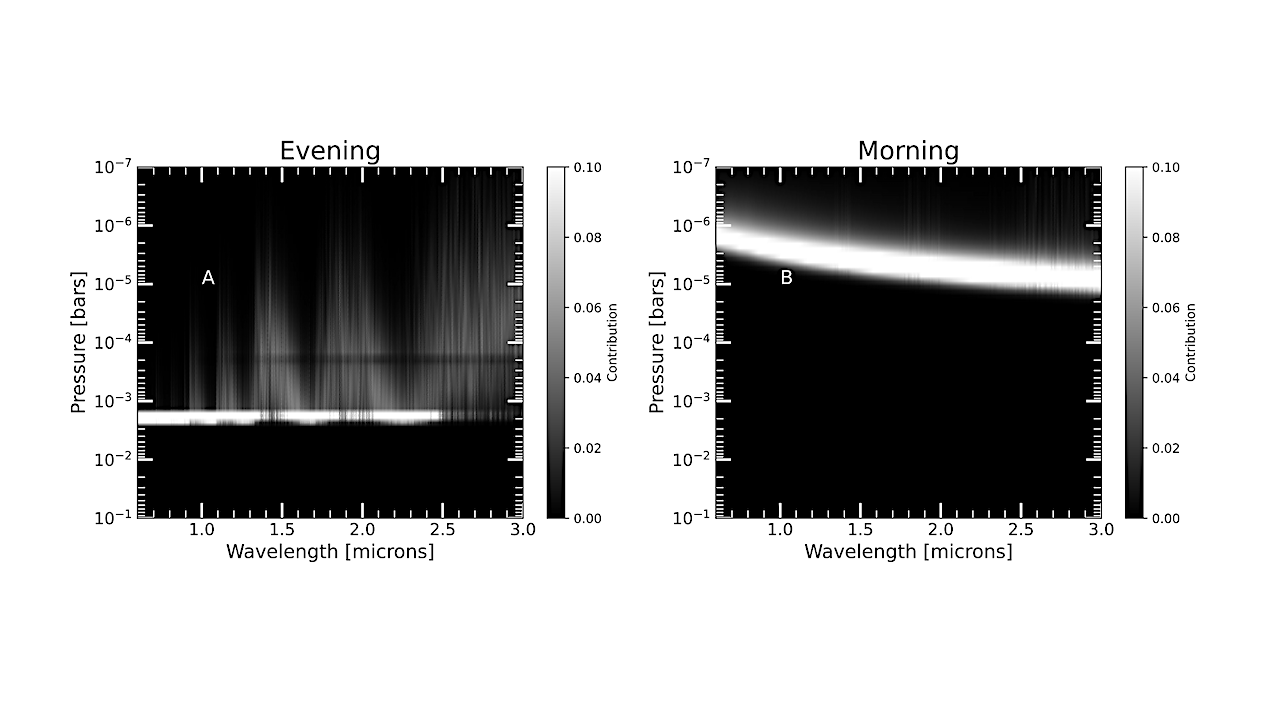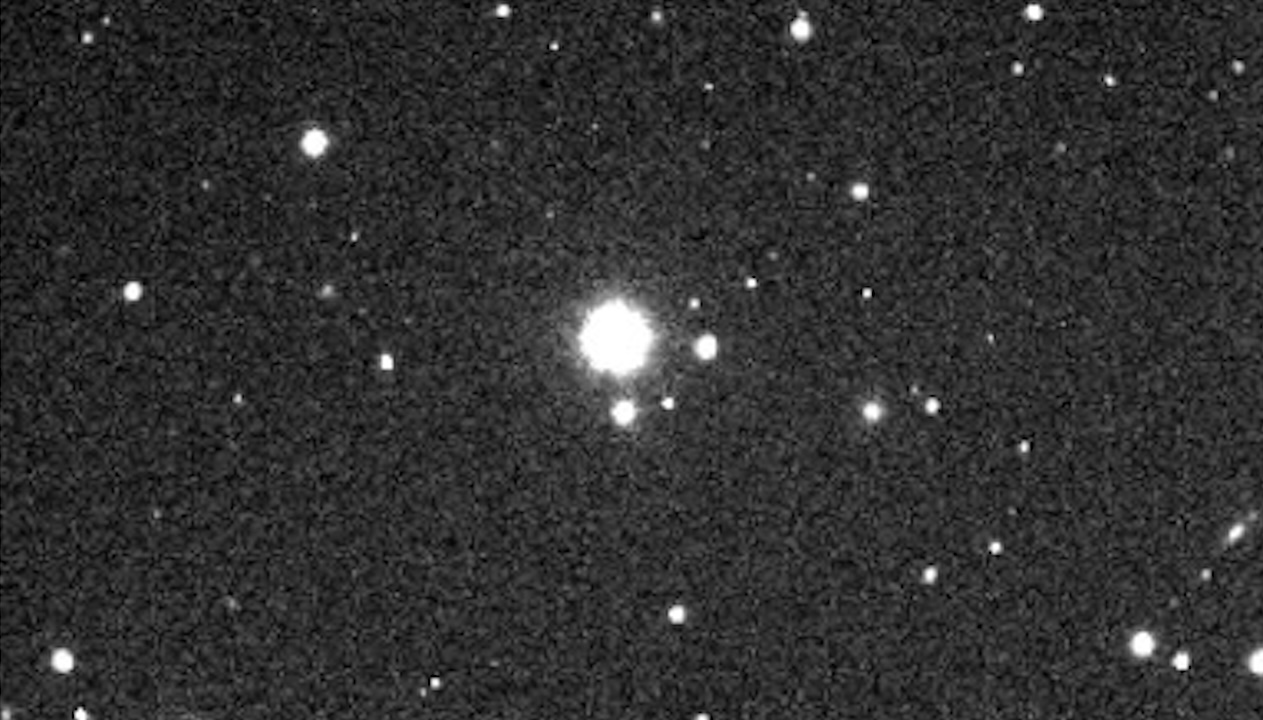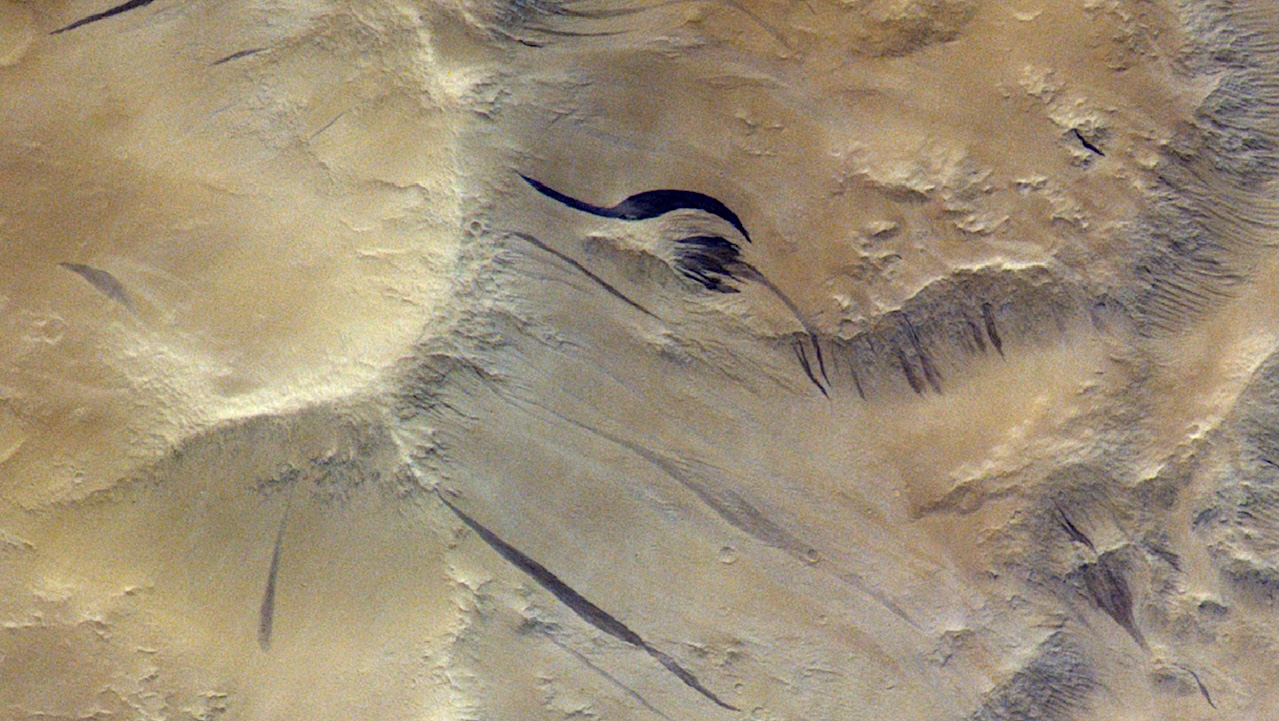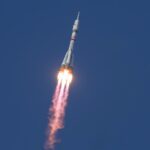ML tree inferred using IQ-TREE under the LG + C60 + F + G + PMSF model, based on a set of 579 archaeal taxa (411 Asgard archaea, 51 DPANN archaea, 47 Euryarchaea and 70 representatives of TACK
Archive for May, 202542- Page
WASHINGTON — Scientists are urging NASA to act quickly on concepts for repurposing a pair of NASA smallsats to visit an asteroid before it makes a very close approach to
Seasonal distribution of methane clouds in Titan’s troposphere. (a) Latitudinal distribution of clouds observed from Cassini and ground-based observatories , overlain on the zonal-mean precipitation distribution averaged over
NASA, ESA, CSA, Ralf Crawford (STScI) This artist’s concept illustration, released on May 14, 2025, shows a Sun-like star encircled by a disk of dusty debris containing crystalline water ice.
Results of the DBSCAN algorithm application in the stellar massmetallicity plane. Contours represent the main sequence, while the scatter points represent detected clusters, whose labels are indicated in the legend.
Upper panel: the reduced IGRINS observation of WASP-77Ab. The flux at each phase is calibrated to the same level. The emission signal of WASP-77Ab is buried under the background and
Contribution function for the evening and morning limb spectrum. (A) shows the contribution function as a function of pressure and wavelength from the best-fit 1.5D retrieval model for the evening
A ∼15 × 20arcmin unfiltered photo of stars surrounding HD89389 taken simultaneously with the appearance of “strange” pulses described below. Nothing was seen moving through this field in any of
Bright and dark streaks on the surface of Mars — ESA/TGO/CaSSIS CC-BY-SA A new study led by the University of Bern and Brown University in the U.S. casts doubt on
The Rover Environmental Monitoring Station (REMS) on NASA’s Curiosity Mars rover includes temperature and humidity sensors mounted on the rover’s mast. One of the REMS booms extends to the left
-
 012024 in Review: Highlights from NASA in Silicon Valley
012024 in Review: Highlights from NASA in Silicon Valley -
 02Panasonic Leica Summilux DG 15mm f/1.7 ASPH review
02Panasonic Leica Summilux DG 15mm f/1.7 ASPH review -
 03How New NASA, India Earth Satellite NISAR Will See Earth
03How New NASA, India Earth Satellite NISAR Will See Earth -
 04And Thus Begins A New Year For Life On Earth
04And Thus Begins A New Year For Life On Earth -
 05Astronomy Activation Ambassadors: A New Era
05Astronomy Activation Ambassadors: A New Era -
06SpaceX launch surge helps set new global launch record in 2024
-
 07Space Force plans new ‘Futures Command’ amid pressure to speed up modernization
07Space Force plans new ‘Futures Command’ amid pressure to speed up modernization







